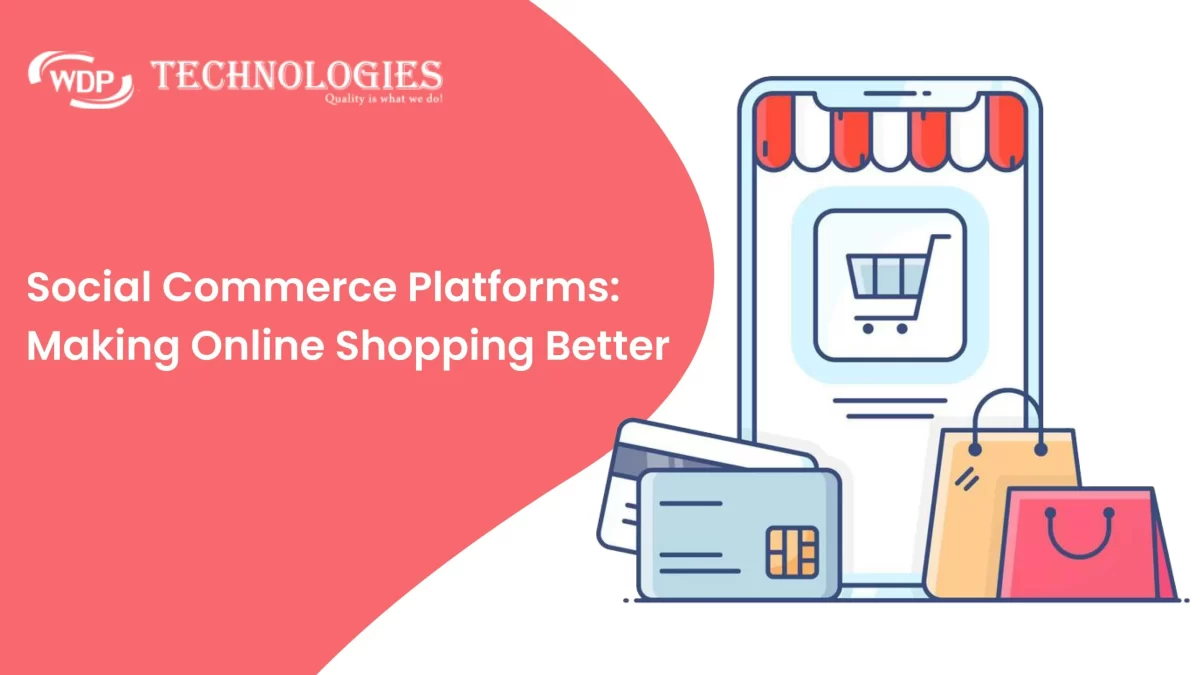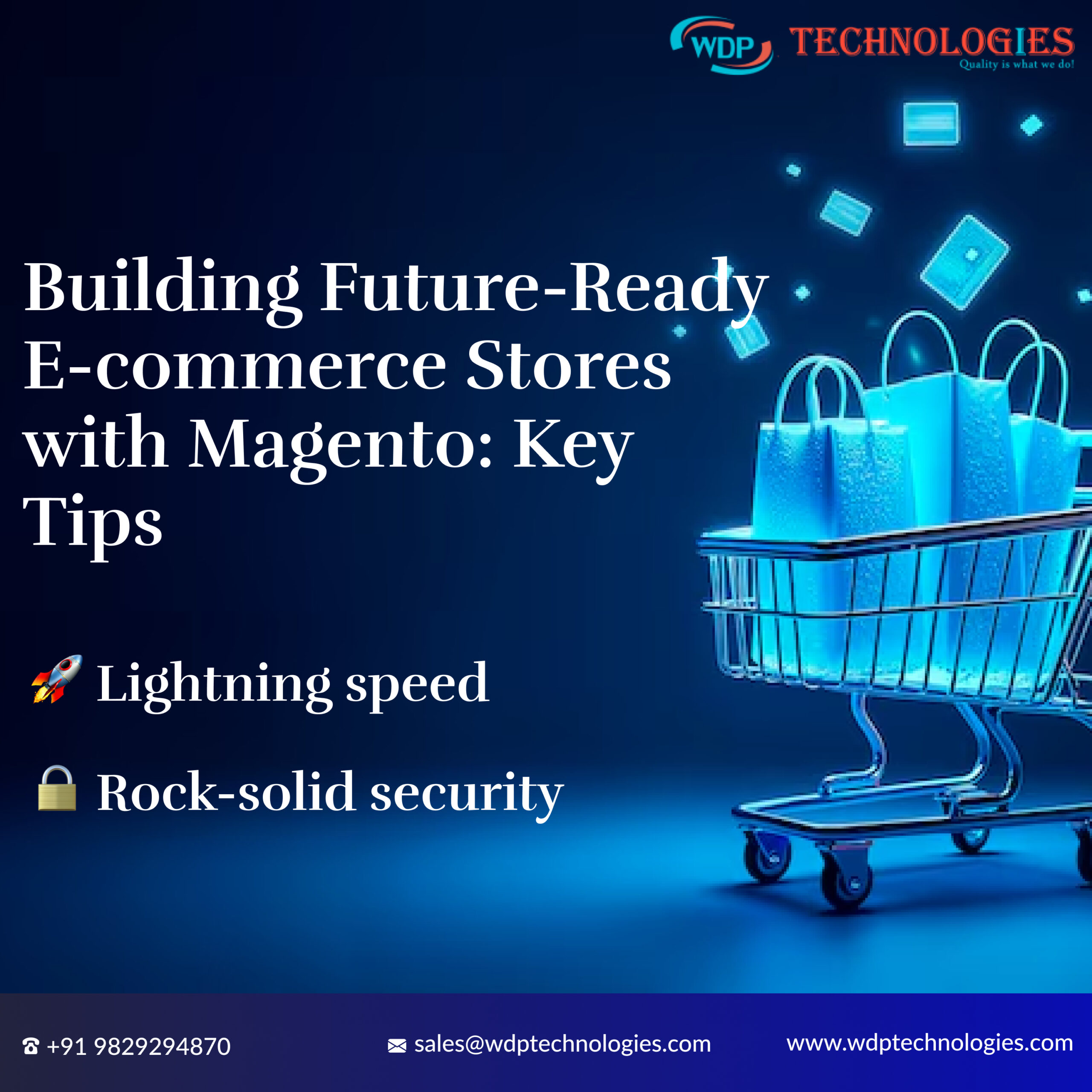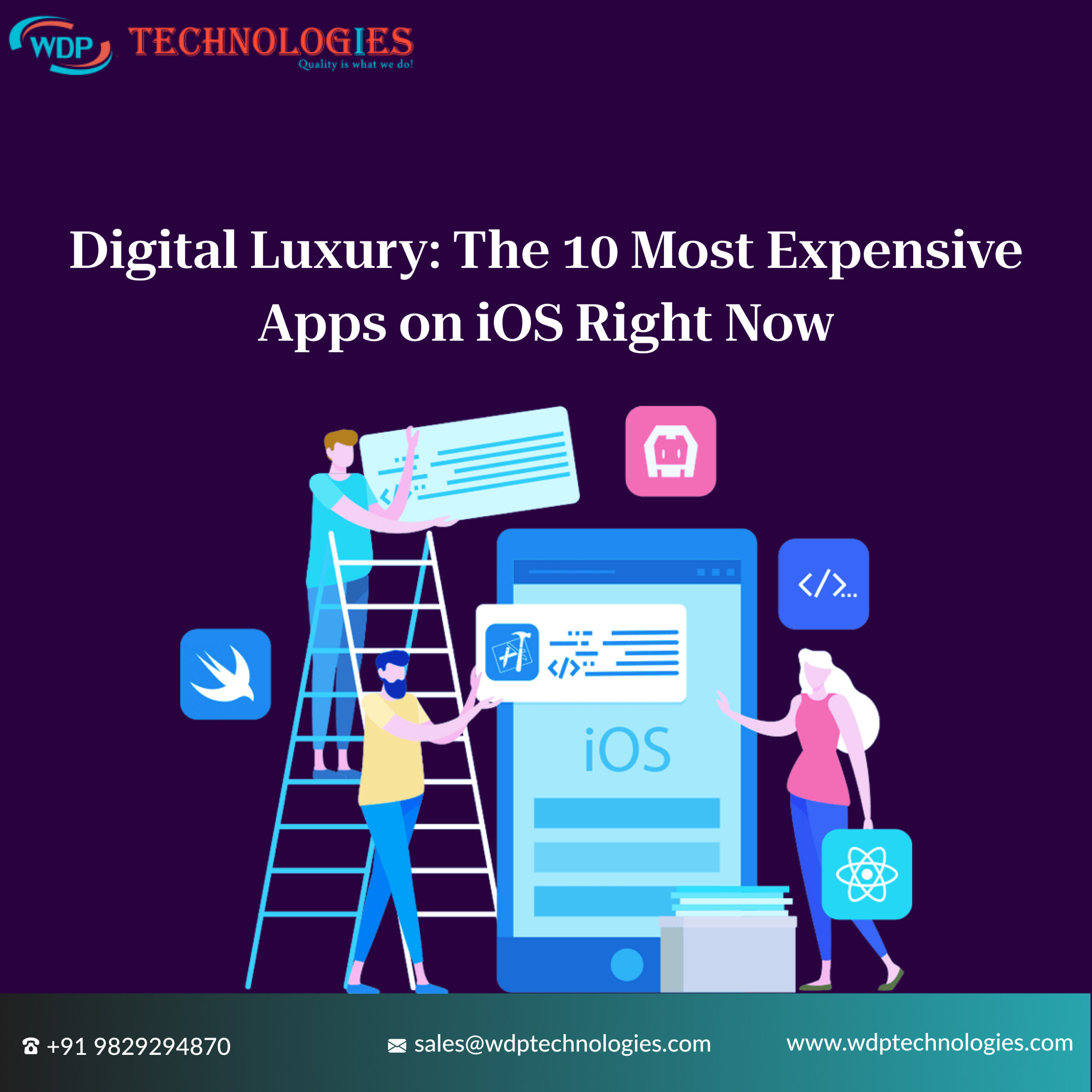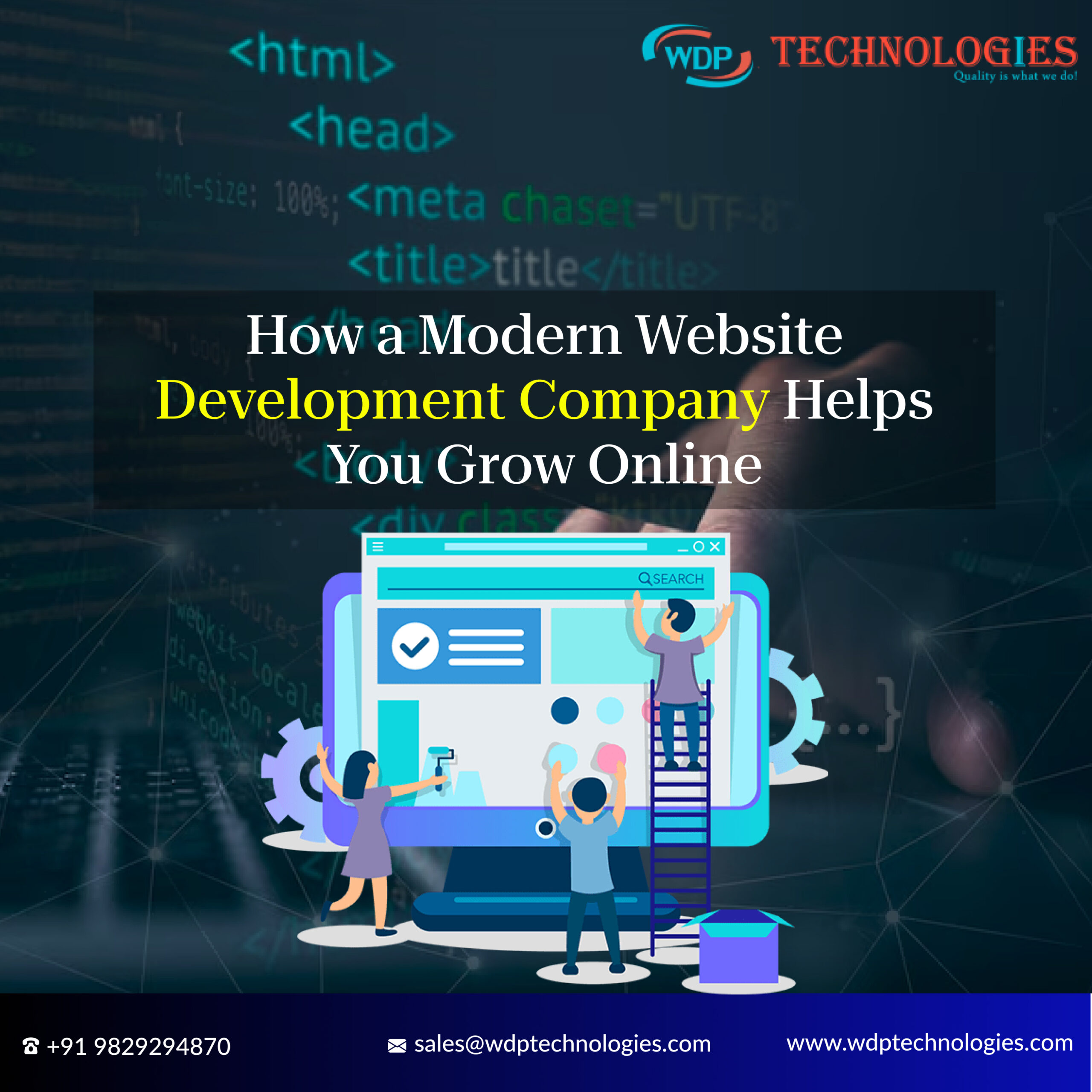Hey there, savvy shoppers! Are you tired of the same old online shopping experience? Well, it’s time to spice things up with social commerce platforms! These platforms blend the best of social media and e-commerce to create a whole new way to shop online.
Whether you’re looking for unique fashion finds, handmade crafts, or the latest gadgets, there’s a social commerce platform out there for you.
Social Commerce Platforms Overview
Social commerce platforms are websites or apps that combine social media with online shopping, making the shopping experience more interactive and enjoyable.
For instance, Facebook offers features like Facebook Marketplace and Facebook Shops, where users can buy and sell items directly within the platform, creating a virtual marketplace right on their newsfeed.
In 2022, the global market of social commerce was valued at a whopping USD 727.63 billion. Experts predict it to reach USD 913.90 billion in 2023 and keep climbing at a compound annual growth rate (CAGR) of around 30% by 2030.
15 Top Social Commerce Platforms
These established social media giants have built-in shopping functionalities, making it easy for users to discover and purchase products without leaving the platform. Let’s get into 15 of the most exciting social commerce platforms!
1. Facebook Marketplace:
Facebook Marketplace is a platform within the Facebook app where users can buy and sell items locally. It leverages Facebook’s extensive user base and social connections to facilitate transactions. Users can list items for sale, set prices, and negotiate with potential buyers.
This social commerce platform provides categories for various types of products, making it easy for users to discover items of interest. Facebook Marketplace is particularly useful for selling used goods, finding unique items within one’s community, and connecting with local buyers and sellers.
2. Instagram Shopping:
Among other social commerce platforms, Instagram holds a strong entity in the market. Instagram Shopping enables businesses to showcase and sell products directly through the Instagram app. Brands can tag products in their posts and stories, allowing users to click through and make purchases seamlessly.
Instagram Shopping integrates visually appealing product displays with the social nature of the platform, making it easy for users to discover and purchase items they see in their feed. Businesses can also create shoppable posts and advertisements, further enhancing the shopping experience on Instagram.
3. Pinterest Shopping:
Pinterest is a visual discovery platform where users can discover and save ideas for various interests, including fashion, home decor, and recipes. Pinterest Shopping allows businesses to upload product catalogs and create shoppable pins, enabling users to purchase items directly from the platform.
Users can save products they like to their boards for future reference or click through to the retailer’s website to make a purchase. Pinterest’s highly visual and personalized approach to shopping makes it a popular choice for users seeking inspiration and unique products.
4. Snapchat Spotlight:
Snapchat Spotlight is a feature within the Snapchat app where users can discover and engage with user-generated content, including shopping-related content. Brands can leverage Snapchat Spotlight to showcase products through creative and engaging content, such as videos and AR experiences.
Users can swipe up on Spotlight content to learn more about featured products and make purchases directly through integrated links. Snapchat Spotlight’s immersive and interactive nature makes it an effective platform for brands to reach and engage with younger audiences.
5. TikTok Shopping:
TikTok has introduced shopping capabilities that allow users to shop directly from videos on the platform. Brands can create shoppable content by tagging products in their videos, enabling viewers to purchase items without leaving the app.
TikTok’s highly engaging and entertaining content format makes it an ideal platform for showcasing products in creative ways. Users can easily browse through shoppable videos and discover new products while enjoying TikTok’s diverse content ecosystem.
6. Twitter Shops:
Twitter has begun integrating shopping features into its platform, allowing businesses to showcase products and enable purchasing directly within tweets. Brands can create tweets with product images and descriptions, along with a “Shop” button that takes users to a checkout page.
Twitter Shops enable businesses to reach and engage with customers in real-time conversations, leveraging the platform’s unique blend of news, trends, and social interactions. Users can discover and purchase products seamlessly while scrolling through their Twitter feed.
7. WhatsApp Business:
WhatsApp Business is a separate app designed for businesses to communicate with customers and facilitate transactions. It offers features such as product catalogs, automated messages, and secure payment options for a streamlined shopping experience.
Businesses can create catalogs of their products and services, which customers can browse and inquire about directly within the app. WhatsApp Business enables businesses to provide personalized customer support and build relationships with their audience through direct messaging. It is one of the most demanding social commerce platforms among others.
8. WeChat Mini Programs:
WeChat Mini Programs are lightweight applications within the WeChat ecosystem that offer various functionalities, including e-commerce. Businesses can create Mini Programs to sell products directly to WeChat’s massive user base.
WeChat Mini Programs provide a seamless shopping experience within the app, allowing users to browse products, make purchases, and track orders without leaving WeChat. Businesses can leverage WeChat’s social features, such as group chats and Moments, to promote their Mini Programs and engage with customers.
9. YouTube Shopping:
YouTube has introduced shopping features that allow creators to tag products in their videos, enabling viewers to purchase items directly from the platform. YouTube Shopping integrates seamlessly with the platform’s content ecosystem, providing a convenient shopping experience for users.
Creators can showcase products in their videos, provide reviews and recommendations, and include links for viewers to make purchases. YouTube Shopping enhances the shopping journey by offering a visual and interactive experience that combines entertainment with commerce.
10. Reddit Marketplace:
Reddit has communities (subreddits) dedicated to buying and selling goods, where users can engage in transactions within specific interest groups. Reddit Community Marketplace fosters a sense of community while facilitating commerce among like-minded individuals.
Users can post listings of items they want to buy or sell, negotiate prices, and arrange transactions through private messages. Reddit’s voting system helps surface relevant listings and ensures a trusted environment for buying and selling within its communities.
11. Amazon Live
Amazon Live provides an immersive and interactive shopping experience within the Amazon platform. Brands, influencers, and sellers host live video streams where they showcase products available for purchase on Amazon. These live broadcasts serve as virtual shopping channels, offering viewers the opportunity to engage directly with hosts in real-time. Viewers can ask questions, seek product recommendations, or request demonstrations, creating a personalized shopping experience.
Hosts have the flexibility to present products in various formats, such as demonstrations, tutorials, or Q&A sessions, catering to different consumer preferences. With its interactive features and real-time engagement, Amazon Live enhances the traditional online shopping experience, making it more dynamic and engaging social commerce platforms.
12. Twitch Merchandise
Twitch Merchandise is a feature on the Twitch platform that lets streamers sell their own branded products directly to their fans. These products can include things like t-shirts, hoodies, hats, and accessories, all customized with the streamer’s logos or designs. It’s not just physical items either; streamers can also sell digital goods like special emotes or badges that viewers can use in chat.
This gives fans a way to support their favorite streamers while also showing off their allegiance to the community. It’s a way for streamers to connect with their audience on a deeper level and earn income beyond just streaming.
13. Depop
Depop is one of the well known names among social commerce platforms, where people can buy and sell a wide range of items, with a focus on fashion and lifestyle products. It’s like a blend of Instagram and eBay, creating a unique marketplace where users can discover one-of-a-kind clothing, accessories, and vintage items.
It operates as a social platform, merging aspects of social media with e-commerce. Users can easily set up their own shops to sell clothing, accessories, and even handmade goods. The platform encourages creativity in product presentation, with sellers uploading photos and writing descriptions to attract buyers.
14. Taggbox Commerce
Taggbox Commerce is a social commerce platform that leverages user-generated content (UGC) to enhance sales and the shopping experience. By aggregating content from social media platforms, such as Instagram and Twitter, it enables businesses to curate authentic content like images, videos, and reviews.
This content is showcased through shoppable galleries and feeds, where each item can be tagged with direct product links, facilitating seamless purchasing. Taggbox Commerce also provides valuable insights into customer behavior and preferences, empowering businesses to optimize their marketing strategies effectively. Overall, it facilitates deeper engagement, builds trust, and drives business growth in the digital landscape.
15. Wanelo
Wanelo, which stands for “Want, Need, Love,” is a social shopping app that revolutionizes online shopping. It acts as a virtual shopping mall where users can discover, save, and buy products from thousands of stores across various categories like fashion, home decor, and gadgets.
With features like personalized collections, following favorite stores, and easy sharing with friends, Wanelo makes shopping both convenient and enjoyable. Users can explore endless options, save their favorite finds, and seamlessly make purchases directly from the retailers’ websites. Wanelo truly brings together the best of shopping and social media in one streamlined platform. With Wanelo, users can effortlessly browse through endless options, save their coveted finds, and complete purchases directly from the retailers’ websites, making it a standout among social commerce platforms.
Also Read: Sportsurge Alternatives
Benefits of Social Commerce platforms
Social commerce platforms offer a win-win scenario for businesses and consumers, providing an enhanced shopping experience, increased brand exposure, improved customer engagement, and ultimately driving higher sales and conversions. It provides numerous benefits to both businesses and consumers:
1. Enhanced Shopping Experience:
Social commerce platforms provide a more interactive and engaging shopping experience by integrating social media elements such as user reviews, recommendations, and visual content.
2. Increased Brand Exposure:
Businesses can reach a wider audience and increase brand exposure by leveraging the social sharing capabilities of these platforms. When users interact with products or make purchases, their activity may be visible to their friends and followers, further amplifying brand visibility.
3. Improved Customer Engagement:
Social commerce platforms facilitate direct communication between businesses and consumers, fostering stronger relationships and increasing customer engagement. Through features like comments, messaging, and live chat, businesses can address customer inquiries, provide personalized recommendations, and offer assistance throughout the shopping journey.
4. Seamless Shopping Experience:
Consumers benefit from the convenience of being able to browse, shop, and make purchases without leaving the social media platform. With features like in-app checkout and one-click purchasing, the shopping process is streamlined, reducing friction and enhancing convenience.
5. Personalized Recommendations:
Social commerce platforms leverage data analytics and user behavior to deliver personalized product recommendations and curated content tailored to individual preferences and interests. This personalized approach enhances the relevance of product offerings, increasing the likelihood of conversion.
6. Social Proof and Trust:
User-generated content such as reviews, ratings, and testimonials on social commerce platforms serve as social proof, helping consumers make informed purchasing decisions and instilling trust in the brand and its products.
7. Increased Sales & Conversions:
By combining the power of social media influence with e-commerce functionality, social commerce platforms drive higher sales and conversions. The seamless integration of social sharing and purchasing options encourages impulse buys and facilitates seamless transactions.
8. Cost-Effective Marketing:
Social commerce platforms offer cost-effective marketing opportunities for businesses to promote their products and services through targeted advertising, sponsored posts, and influencer partnerships, reaching highly engaged audiences with minimal investment.
Final Words
These platforms are making shopping more fun and convenient than ever. So, next time you’re scrolling through your favorite social media app, keep an eye out for those little shopping icons – you never know what cool stuff you might find!
So, why stick to traditional e-commerce when you can make shopping social and fun? Happy shopping, everyone!












